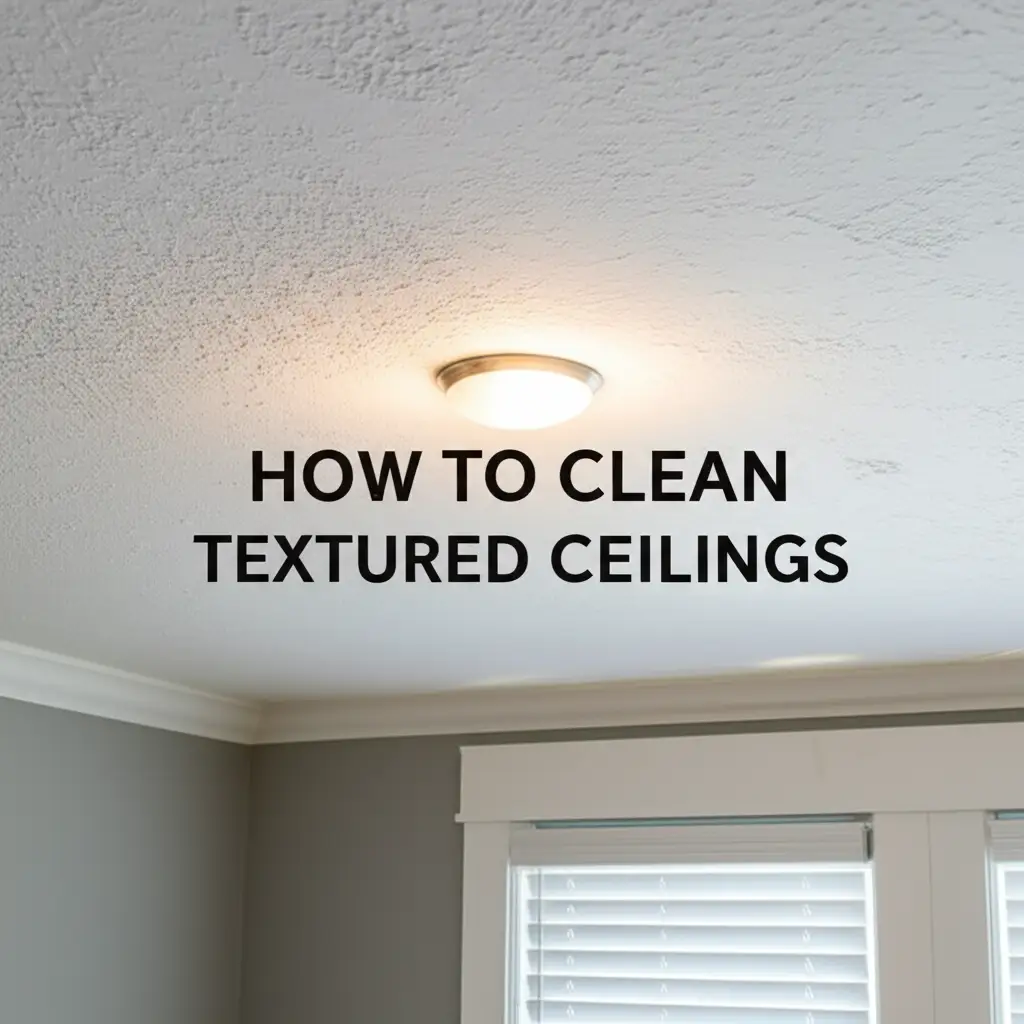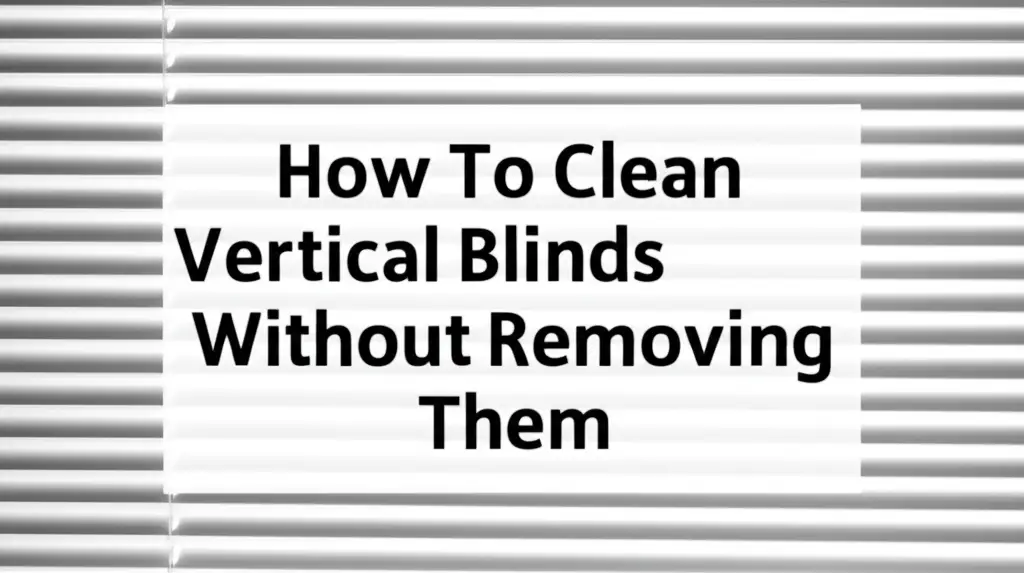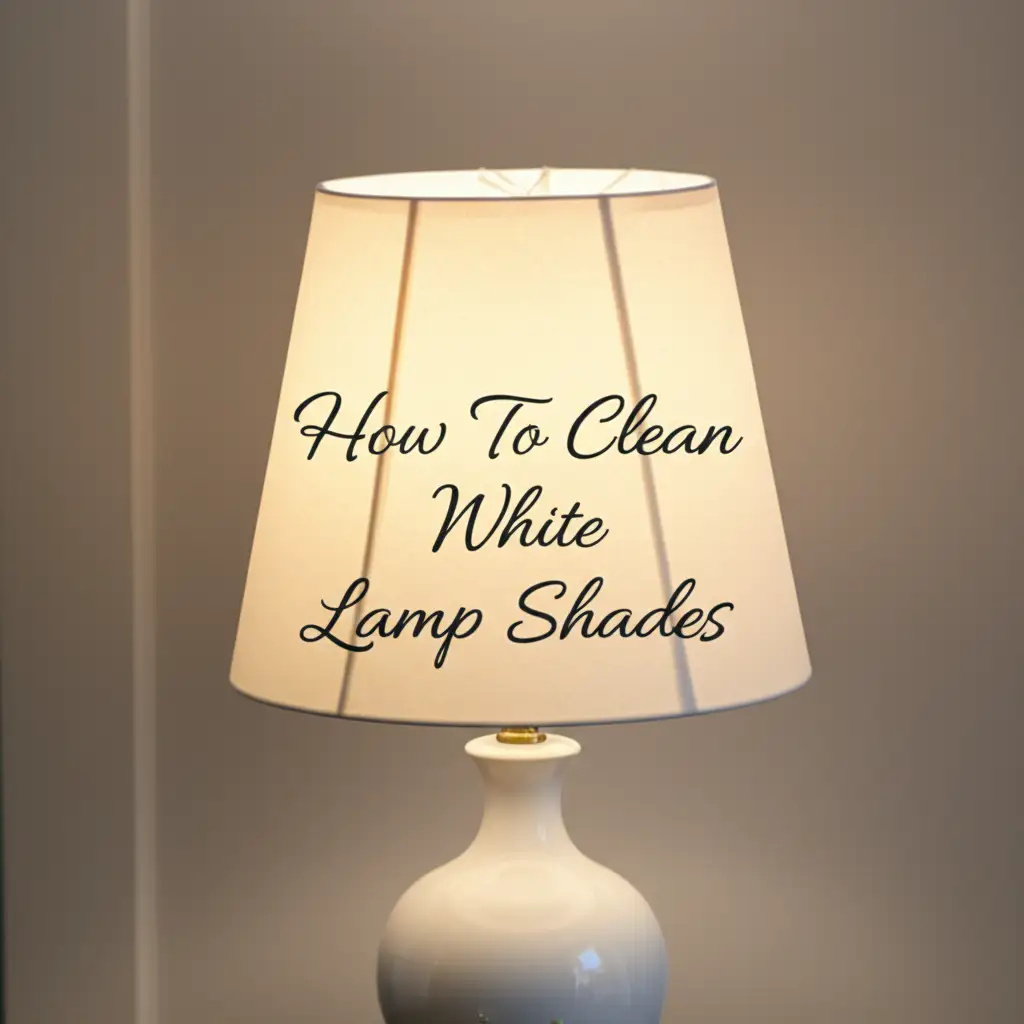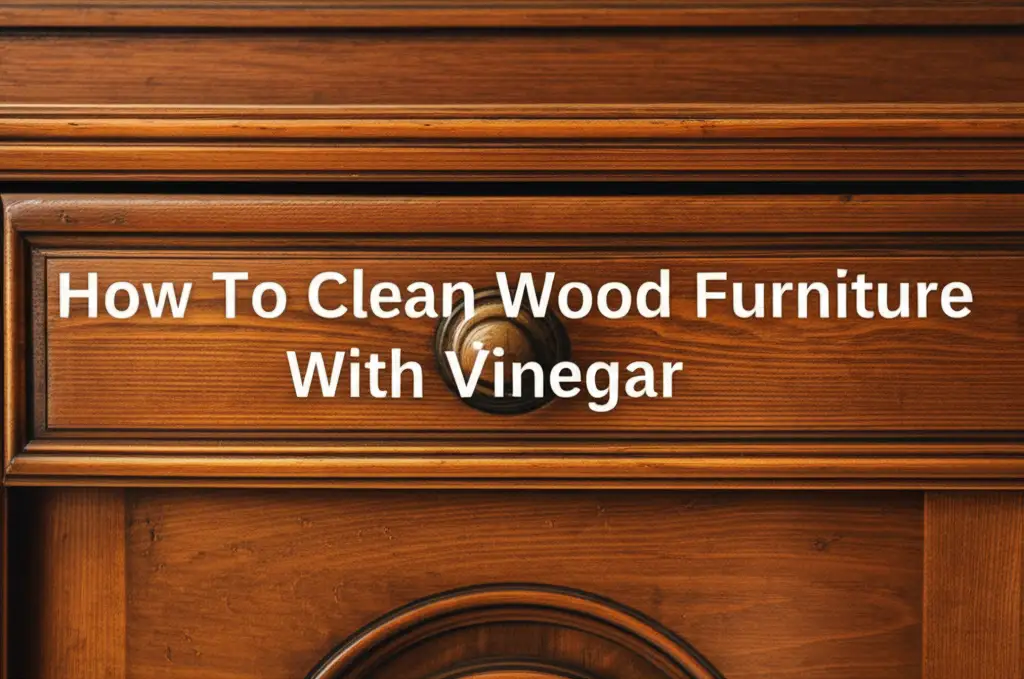· Home Cleaning · 15 min read
How To Clean Textured Ceilings

Master the Art of Cleaning Textured Ceilings
Textured ceilings add character to a room. They can also hide dirt and dust remarkably well. Over time, these surfaces accumulate grime, cobwebs, and sometimes even stains. Cleaning textured ceilings requires a gentle touch and the right approach. I understand the worry of damaging that unique finish. This article guides you through safe and effective methods to clean your textured ceiling. We will cover different ceiling types, necessary tools, and step-by-step instructions for both dry and wet cleaning.
Takeaway
- Identify your ceiling texture type before cleaning.
- Gather proper tools like extendable dusters and gentle cleaners.
- Always protect your furnishings and yourself during the process.
- Start with dry methods to remove loose debris.
- Use damp methods carefully for stains, testing first in an unseen area.
To clean textured ceilings, you must use soft tools and gentle solutions. First, remove loose dust with a soft duster or vacuum. For deeper cleaning, lightly dampen a cloth with mild detergent and carefully blot stains. Always avoid rubbing or saturating the surface.
Understanding Your Textured Ceiling Type
Before you start cleaning, identify the type of textured ceiling you have. Different textures require different levels of care. Knowing your ceiling type helps prevent damage. Some textures are more fragile than others.
Popcorn Ceilings: A Common Challenge
Popcorn ceilings, also known as acoustic ceilings, are very common. They often contain small, irregular bumps. These bumps provide sound dampening. Popcorn ceilings are also known for being delicate. They chip or crumble easily. This means you must use extreme caution when cleaning them. Dry methods are often best for these surfaces.
Other Textured Finishes: Swirl, Skip Trowel, Knockdown
Many other textures exist beyond popcorn. Swirl textures have circular patterns. Skip trowel textures feature an uneven, stucco-like finish. Knockdown ceilings have a flattened, rustic look. These textures are generally more durable than popcorn. You can often use slightly more pressure with these surfaces. Still, always start with gentle methods. Think of cleaning these surfaces like you would cleaning textured walls; a light hand is crucial.
Each texture type holds onto dust and grime in its own way. The valleys and peaks of textured ceilings trap airborne particles. This makes them look dingy over time. Regular maintenance helps keep them looking fresh. Understand your ceiling to choose the best cleaning path.
Essential Tools and Supplies for Ceiling Cleaning
Having the right tools makes the cleaning process easier and safer. You do not need many specialized items. Most supplies are likely already in your home. I find that preparation saves a lot of time and effort.
Dry Cleaning Tools
Dry cleaning tools are your first line of defense. They help remove loose dust and cobwebs without moisture. This prevents mud streaking. My go-to tools include:
- Extendable duster with a soft head: This reaches high areas easily. A microfiber or lambswool head traps dust well.
- Soft-bristled brush: Use this for dislodging stubborn dust clumps. Make sure bristles are gentle.
- Vacuum cleaner with brush attachment: This offers powerful dust removal. The brush attachment prevents direct contact with the ceiling. It pulls dust into the machine.
These tools are crucial for the initial cleaning phase. They prepare the surface for any wet cleaning. They also manage everyday dust buildup.
Wet Cleaning Solutions
For stains or tougher grime, you will need wet cleaning supplies. Always choose mild solutions. Harsh chemicals can damage the texture or paint.
- Two buckets: One for your cleaning solution, one for clean rinse water.
- Mild dish soap or all-purpose cleaner: Mix a few drops with warm water.
- Microfiber cloths or soft sponges: These are gentle and absorb well. Avoid abrasive scrubbers.
- Spray bottle: For targeted stain application.
- Clean water: For rinsing.
- Drop cloths or old sheets: To protect floors and furniture below.
- Safety glasses and gloves: Protect your eyes and skin from drips.
Having these items ready before you start cleaning makes the job smoother. It helps me focus on the cleaning itself.
Preparing Your Space for a Clean Ceiling
Proper preparation is essential before you start cleaning. This step protects your belongings and ensures your safety. Skipping this part can lead to a messy cleanup or even injuries. I always take the time to set up my work area properly.
Room Preparation
First, clear the room as much as possible. Move all furniture out of the way. If you cannot move large items, cover them completely. Use old sheets or plastic drop cloths. This protects them from dust, debris, and any cleaning solution drips. My advice is to cover the entire floor with drop cloths as well. This prevents a large clean-up job on your floors later. Make sure you also cover any light fixtures or ceiling fans. Dust can fall into these.
Consider turning off ceiling fans before you start. This stops dust from circulating throughout the room. Good lighting is also important. Open curtains or bring in extra lamps. You need to see all the dirt and any areas you might miss.
Personal Safety First
Your safety is paramount. When cleaning ceilings, debris can fall. Liquid can drip. I always wear safety glasses to protect my eyes. A dust mask is also a good idea, especially with popcorn ceilings. These can release fine particles when disturbed. Gloves protect your hands from cleaning solutions.
Use a sturdy step ladder or scaffold. Make sure it is stable on the floor. Do not overreach. Move the ladder frequently. An extension pole for your duster or vacuum attachment helps greatly. It reduces the need for constant ladder repositioning. This also lowers the risk of falls. Remember to check for loose ceiling texture before applying pressure. Sometimes, old textured ceilings might contain asbestos. If you suspect asbestos, or if the ceiling is crumbling excessively, it is best to consult a professional. Safety should always be your top priority.
The Dry Cleaning Method: Dust and Cobwebs
The dry cleaning method is always the first step. It removes loose debris before any moisture is introduced. This prevents dust from turning into mud streaks. I find this stage makes a huge difference in the overall cleanliness.
Gentle Dusting Techniques
Start with an extendable duster. A microfiber or lambswool duster works best. Begin at one corner of the room. Work your way across the ceiling in small, overlapping sections. Use gentle, sweeping motions. Do not press hard on the ceiling. The goal is to lift dust, not to scrub. For popcorn ceilings, barely touch the surface. Just let the duster lightly graze the texture.
Pay close attention to corners and edges. These areas often collect the most cobwebs. Move the duster slowly. This allows it to capture more dust. Periodically, take the duster outside. Shake it vigorously to remove accumulated dust. This keeps it effective. I often do this a few times for a large room.
Vacuuming Textured Ceilings
For heavier dust or embedded cobwebs, a vacuum cleaner is highly effective. Use a vacuum with a soft brush attachment. Many stick vacuums come with suitable attachments. Attach the brush to an extension pole if possible. This gives you more reach.
Hold the vacuum attachment just above the ceiling surface. Do not let it touch the texture directly. The suction will pull the dust away. Move the vacuum attachment slowly. Work in methodical rows, overlapping slightly. This ensures full coverage. The brush helps loosen dust without scrubbing the delicate surface. This method is much safer than direct wiping for highly textured or fragile ceilings. It is similar to how you might carefully vacuum delicate curtains. This step removes fine particles that dusting might miss. It prepares the surface well for any next steps. I always recommend vacuuming after dusting for the best results.
Wet Cleaning Textured Ceilings: Tackling Stains and Grime
Once dry cleaning is complete, you can address specific stains or general grime. This step requires more caution. Moisture can damage some textured surfaces. Always perform a patch test first. I always do this to avoid unexpected problems.
Spot Cleaning Small Stains
For small, isolated stains, use a spot cleaning approach. Mix a very mild cleaning solution. A few drops of dish soap in warm water work well. Do not use strong detergents or harsh chemicals. They can strip paint or damage the texture.
Dampen a clean microfiber cloth with the solution. Wring it out very well. The cloth should be barely damp, not wet. Gently blot the stain. Do not rub vigorously. Rubbing can damage the texture or spread the stain. Work from the outside of the stain inwards. This prevents the stain from spreading. Repeat the blotting with a fresh, clean, barely damp cloth. This rinses the area. Finish by blotting with a dry cloth to absorb excess moisture. Quick drying is important. This prevents water marks. You can also use a fine mist spray bottle for very precise application. Spray the solution onto a cloth, not directly onto the ceiling. For general advice, consider how you might approach cleaning walls and ceilings – gentleness is key.
Light Washing for Overall Grime
If your entire ceiling looks dingy, a light wash might be needed. This is only for more durable textured ceilings, not fragile popcorn. Prepare two buckets: one with your mild soap solution, one with clean water. Use a flat mop or sponge mop covered with a clean microfiber cloth.
Dampen the cloth on the mop with the cleaning solution. Wring it out extremely well. The cloth should be almost dry to the touch. Work in small sections. Lightly wipe the ceiling surface. Do not press hard. Avoid saturating the ceiling. Immediately follow with a fresh, clean microfiber cloth dampened only with clean water. This rinses the soap residue. Finally, use a dry, clean cloth to blot the area dry. Work quickly. Over-wetting can cause the texture to soften or peel. This method is for removing light surface grime, not deep-set dirt.
Special Considerations for Mold
Mold on a textured ceiling needs specific attention. Mold can be a health hazard. Always wear protective gear: gloves, safety glasses, and a respirator. For small mold spots, a solution of water and white vinegar can be effective. Cleaning mold with vinegar is a common, natural approach. Mix equal parts white vinegar and water in a spray bottle. Spray the solution onto a clean cloth. Do not spray directly onto the ceiling.
Gently blot the moldy area with the dampened cloth. Avoid scrubbing, as this can release mold spores. Allow the vinegar solution to sit for a few minutes. It helps kill the mold. Then, blot the area with a clean, dry cloth. Ensure good ventilation in the room. For larger mold infestations or if mold returns, you might have a moisture problem. This could be a leaky roof or pipe. In such cases, professional help is necessary. They can address the source of the mold. They also handle safe mold removal. Treating mold on ceilings is similar to cleaning mold off walls; thoroughness and safety are crucial.
Advanced Tips and What to Avoid
Cleaning textured ceilings can be tricky. Some practices can prevent damage. Others can cause significant problems. I have learned a few important lessons over time.
Testing a Hidden Area
This is perhaps the most important tip. Before applying any cleaning solution to your entire ceiling, test it. Find an inconspicuous spot. This could be in a closet, behind a tall piece of furniture, or in a corner. Apply a small amount of your chosen cleaning solution. Use the same technique you plan for the rest of the ceiling. Wait a few minutes. Check for any discoloration, softening, or peeling of the texture. If there is any negative reaction, stop. Adjust your method or solution. This simple test prevents widespread damage. It gives me confidence before I clean the whole ceiling.
Preventing Future Buildup
Regular maintenance can greatly reduce the need for deep cleaning. Dust your textured ceilings every few months. Use your extendable duster. This prevents heavy dust accumulation. Good ventilation in areas like kitchens and bathrooms helps too. Exhaust fans remove moisture and grease particles. These contribute to ceiling grime. Consider running your range hood when cooking. A dehumidifier can reduce moisture in damp basements. These steps keep ceilings cleaner for longer. They save you effort later on.
Common Mistakes to Avoid
- Using too much water: Over-saturating the ceiling is a major mistake. It can cause plaster or drywall to soften. It can also cause paint to peel or the texture to fall off. Always wring out cloths until they are barely damp.
- Aggressive scrubbing: This damages the delicate texture. It can remove the texture altogether. Use gentle blotting or very light wiping motions.
- Harsh chemicals: Bleach, strong degreasers, or abrasive cleaners are too strong. They can cause discoloration. They can also break down the ceiling material. Stick to mild soap and water or vinegar solutions.
- Ignoring a patch test: As mentioned, skipping this step risks damaging your entire ceiling.
- Cleaning without proper protection: Forgetting drop cloths, safety glasses, or a mask puts you and your home at risk. Always prioritize safety.
By following these tips and avoiding common pitfalls, you protect your textured ceiling. You also ensure a safer, more effective cleaning experience.
When to Call a Professional
Sometimes, a textured ceiling cleaning job is too big or too risky for DIY. Knowing when to call in experts is crucial. Professionals have specialized tools and knowledge. I always consider safety and the scope of work when deciding.
One major reason to call a professional is asbestos. Many popcorn ceilings installed before the 1980s contain asbestos. Asbestos fibers are dangerous when airborne. Disturbing an asbestos ceiling can release these fibers. This poses serious health risks. If you suspect your ceiling contains asbestos, do not touch it. A professional abatement company can test for asbestos. They can also safely remove or encapsulate it.
Another reason is extensive water damage or mold. Small mold spots are manageable. Large areas of mold indicate a serious moisture problem. This needs expert assessment. Professionals can find the source of the leak. They can also remediate the mold safely. They prevent its return. Trying to clean widespread mold yourself can spread spores. It also puts your health at risk. Consider professional ceiling cleaning if the damage is severe.
Severe discoloration or stains that do not respond to mild cleaning might also require a pro. These could be deep-set grease stains or smoke damage. These often need specialized cleaning agents. These agents require careful application. Professionals know how to handle these tough challenges. They can often clean these areas without damaging the texture.
Finally, if your ceiling is very old or fragile, a professional is a good idea. They have techniques that minimize disturbance. They can assess the ceiling’s condition. They choose the safest cleaning method. This prevents texture from crumbling or paint from peeling. Professional help saves you time and prevents costly mistakes.
FAQ Section
Can I paint my textured ceiling after cleaning?
Yes, you can paint your textured ceiling after cleaning. First, ensure the ceiling is completely dry and free of any cleaning residue. Priming the ceiling first is often a good idea. This helps the new paint adhere better. Painting after cleaning gives your ceiling a fresh, new look.
How often should I clean my textured ceiling?
The frequency depends on your home environment. For general dust and cobwebs, cleaning every 6-12 months is often enough. In kitchens or homes with smokers, you might need more frequent light cleaning. Regular light dusting helps extend the time between deep cleans.
What if my popcorn ceiling contains asbestos?
If you suspect your popcorn ceiling contains asbestos, do not disturb it. Contact a certified asbestos abatement professional. They can test the material. If asbestos is present, they will advise on safe encapsulation or removal. Never attempt to remove or extensively clean an asbestos ceiling yourself.
Can I use a steam cleaner on a textured ceiling?
No, I do not recommend using a steam cleaner on a textured ceiling. Steam introduces too much moisture. This can soften the texture, causing it to peel, crumble, or fall off. The heat from steam can also damage the ceiling material. Stick to very gently damp methods.
How do I remove grease stains from a textured kitchen ceiling?
Grease stains are challenging. Try a solution of mild dish soap and warm water. Dampen a microfiber cloth lightly. Blot the stain gently. For tough grease, a small amount of diluted degreaser applied to a cloth can help. Always test in an inconspicuous area first.
Conclusion
Cleaning textured ceilings feels like a big task. But, with the right approach, it is manageable. We have covered understanding your ceiling type. We also discussed gathering the right tools. And we learned how to perform both dry and wet cleaning. Remember, gentleness is key when you clean textured ceilings. Always start with dry methods. Only use damp cleaning for stubborn stains. Always test any cleaning solution in a hidden spot first.
Regular maintenance prevents heavy buildup. This makes future cleaning easier. Protect your space and yourself with drop cloths and safety gear. For very old ceilings, extensive mold, or suspected asbestos, call a professional. You can maintain your unique ceiling texture with these tips. It will stay clean and fresh for years to come. Your home will look its best. Now go forth and conquer that ceiling dust!
- textured ceiling cleaning
- popcorn ceiling
- ceiling maintenance
- dust removal
- stain cleaning
- DIY cleaning
- home cleaning tips




